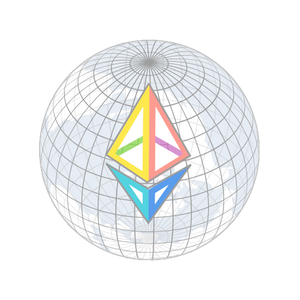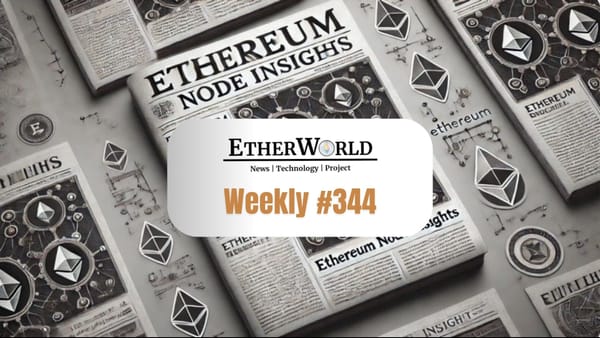When Ethereum’s core developers launched Fusaka Devnet 2, they hoped for a smooth 48-hour stress test under near-mainnet conditions. The network finalized as expected even under heavy load yet revealed surprises in validator behavior & client interoperability. Here is what happened & why it matters for Fusaka Devnet 3.
- Finalization & Unexpected Validator Exits
- Introduction to Bloatnet
- Preparing for Fusaka Devnet 3
- Conclusion
Finalization & Unexpected Validator Exits
Fusaka Devnet 2 maintained steady chain progress despite processing millions of transactions. However some validators exited the network voluntarily because their slashing protection modules treated valid messages as duplicates.
Different clients shipped with varying slashing protection defaults, causing some to trigger exit logic too aggressively. Teams are working on a unified specification for safe defaults & building live dashboards to monitor validator health in real time.
Several clients required manual tweaks to their initial state parameters to conform with the reference specification. Meanwhile light-client implementations struggled when full nodes reached two thousand requests per second.
Introduction to Bloatnet
Fusaka Devnet 2 deployed a “bloat net” that emulated one & a half times the mainnet state. This revealed memory spikes in proof generation, prompting calls to add incremental caching layers.
In performance benchmarks for a heavy exponentiation operation, gas usage spiked fifteen times above the current limits. In response, community members have already drafted proposals to adjust gas costs for expensive precompiles & to trial dynamic gas governance mechanisms on low-risk testnets.
Preparing for Fusaka Devnet 3
To enter Devnet 3 with confidence, developers agreed on three readiness criteria:
- Clients must sync from genesis in under ten minutes on a fresh chain.
- No unplanned validator exits may occur over a full day.
- Proofs against a one & a half times mainnet state must succeed across all major clients.
A balanced plan for updating gas costs on heavy operations is also in discussion, suggesting a phased increase once additional benchmarks are complete.
Conclusion
Fusaka Devnet 2 confirms that Ethereum’s roadmap remains on track while highlighting areas in need of work. Expect real-time validator monitoring dashboards, automated interoperability stress tests in every client’s pipeline, trial runs of adaptive gas policies on testnets, & a public benchmark dashboard.
With these lessons in hand, the community will tackle Devnet 3 in the weeks ahead.
If you find any issues in this blog or notice any missing information, please feel free to reach out at yash@etherworld.co for clarifications or updates.
Related Articles
- EIPs Included in Fusaka Devnet 2: What to Expect?
- Ethereum Prepares Validator Custody Rollout with Fusaka Devnet 2
- Ethereum Considers 45 Million Gas Limit for Fusaka Upgrade
- History Expiry Moves Forward in Ethereum’s Fusaka Upgrade
- A Closer Look at What’s Coming in Fusaka Devnet 2
Disclaimer: The information contained in this website is for general informational purposes only. The content provided on this website, including articles, blog posts, opinions, and analysis related to blockchain technology and cryptocurrencies, is not intended as financial or investment advice. The website and its content should not be relied upon for making financial decisions. Read full disclaimer and privacy Policy.
For Press Releases, project updates and guest posts publishing with us, email to contact@etherworld.co.
Subscribe to EtherWorld YouTube channel for ELI5 content.
Share if you like the content. Donate at avarch.eth.
You've something to share with the blockchain community, join us on Discord!








